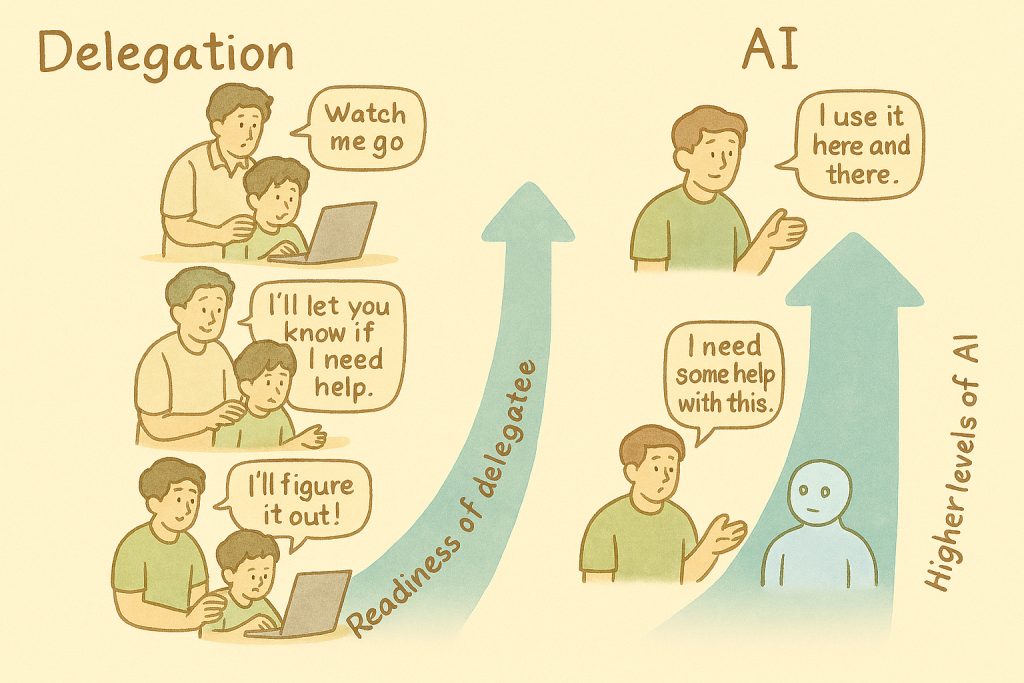In the context of software development teams, psychological safety is a frequent topic of discussion among leaders and coaches – for good reason. Without that safety, people do not open up with new and out-of-the-box thoughts; collective team thinking follows previous beaten tracks; innovative but “risky” options are avoided. As a result, the team does not reach its potential to be brilliant.
If you as a leader do not want your teams to end up like that, you should consider four key questions. We will get to them shortly but before that here is some context.
First, a working definition:
“Psychological safety is a belief that one will not be punished or humiliated for speaking up with ideas, questions, concerns or mistakes” – definition by Amy Edmondson, Professor at Harvard Business School (refer her TED talk).
See also an excellent New York Times article on Google’s study of team performance for more context: Project Archimedes. Here are the key points from both the above:
- Essentially, the Google study concluded that “psychological safety needed for team members to take risks and be vulnerable in front of each other” is the top factor for highly successful teams, the remaining four being dependability, structure & clarity, meaning and impact
- To improve psychological safety in teams, three generic approaches are suggested:
- framing the context of team meetings as exploration / learning as a group
- people (especially the “leaders” or “opinion makers”) in the meeting articulating their own vulnerability – a genuine reflection of emotions & feelings using phrases like “I think but I am not sure…”; “I have tried this but did not come out as expected…”; “Help me with expressing this idea better…” etc.
- creating a sense of curiosity by raising and encouraging a lot of “what if” questions
Hope you have got sufficient context. You would see the approaches suggested above are generic, understandably so. For you to address psychological safety (“psycho safety”) in your team context, you need answers to a lot more questions for deep understanding and taking actions. Here are four key questions to unravel the next level:
- What is the overall organizational context of your team and culture?
As a leader, however much you try to foster psycho safety within the team, there is the larger organization context and culture; for example, a lack of leeway for experimentation at work, over-emphasis of individual performance that promotes intense individual competition, senior leaders driving schedule at the cost of quality etc. are organizational-level adverse influences on the team’s psycho safety. While there are such factors, as the leader your primary focus should be to protect the team from those influences as much as possible while at the same time, work with the senior leaders to address the larger issues
- How serious is your team’s need for better psycho safety? What is the impact on team performance?
You would agree that some situations need a greater degree of psycho safety than others. A sprint retrospective, problem-solving or brainstorming sessions need it more than, perhaps, a sprint review. And there are always situations where people do not speak up not necessarily because of feeling unsafe – the subject of the team’s discussion may simply not be appealing or interesting to some folks! So, you need to be that much more tuned to the specific need for psycho safety in certain meetings
- The third question is what are the reasons for lack of psycho safety in your team. Psycho safety is a very personal thing for individuals and the underlying reasons could be very diverse – not just the “common causes” cited in Amy Edmondson’s TED talk cited above. I have come across people holding back due to a perceived “shadow” hierarchy in the team, quietly deferring to the “seniors”; in other cases, people do not open up due to extreme politeness and not wanting to throw a wet towel on someone’s enthusiasm for an idea; sometimes, people feel handicapped in expressing themselves in English and tend to be quiet. The list of reasons is endless. You need to understand individuals and team dynamics. That should be the basis for better meeting facilitation and other improvement actions
- The fourth and final question is what can you as the leader do to help? The thrust of the above three questions is that the context of the team and individuals are very important for focused actions on your part. Probing, sensing at an individual level as well as facilitation skills are basic tools for you to determine “what” and “how” in addition, of course, to the “generics” comprising setting an exploratory tone in meetings, showing vulnerability yourself, facilitating and asking the right questions (the five Why’s instead of Who for example). If you can get the team feeling safe enough to openly discuss psycho safety itself in a team setting, that would be nirvana!
In summary, if you find that lack of psycho safety is seriously impeding your team and want to help, generalities will only take you so far. Asking the four questions above (and potentially more) will help you understand in depth and help the team in the journey for excellence.
Look forward to hearing your views and experiences on the subject.





2 Responses
Very nice Vishu. I did the AUM chant now to just try out, I liked it, but may need to continue it more before kind of agreeing with you more emphatically. Very nice post..and thank you for writing this up
Thanks, Harish. Yes, Sustained practice will bring the transformation.